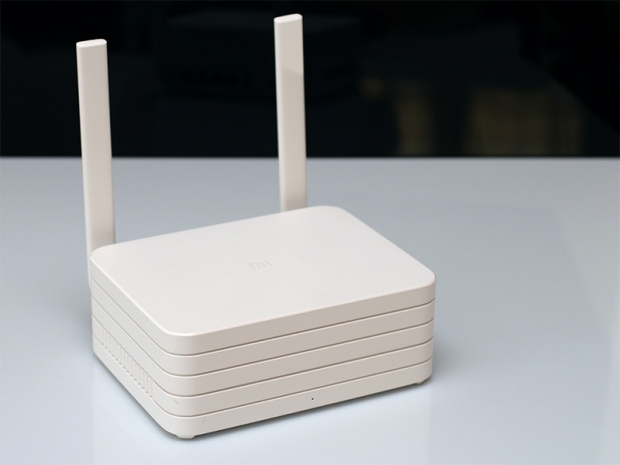Index
Review: Taking the Xiaomi route
Xiaomi is no stranger to the networking market, and the Chinese tech giant already made it clear that phones, tablets and routers are its core products. Accessories and laptop bags are not.
Home Wi-Fi routers or access points are commonplace in our homes these days, but very few people actually care about them. Most are content with what they get from their cable operator or telco, but this is slowly starting to change.
In the past, when we were all using 802.11b/g/n 2.4GHz devices, most people picked an out-of-sight place for their home router, and we all got used to having good signal coverage on the 2.4GHz band. Most single floor apartments or homes enjoyed good coverage and people could go online without worrying about Wi-Fi repeaters or similar devices.

However, with the introduction of the IEEE 802.11ac 5GHz standard and new high-bandwidth devices over the past couple of years, things starting change for better, or worse. The 802.11ac standard promises far greater network speeds over the 5GHz band with one major advantage and one major drawback: the 5GHz radio band is not as crowded as the old 2.4GHz, but on the other hand, the higher frequency 5GHz signal has more trouble penetrating obstacles – namely walls in our homes and offices. So, if you want to benefit from your new 802.11ac equipment and make good use of high network speeds the new standard offers, the closer you are to the router, the better.

Now, 802.11ac routers are coming (back) to our living rooms and back into view, hence most of these devices have the looks for it. They have to look and perform well, which is easier said than done, especially when dealing with devices that tend to have antennas and cables sticking out of them.
We sourced a Xiaomi Mi WiFi Router 2 1TB review sample and decided to test it out in a home/home office. The router was supposed to cover two homes and an office, in a three-story building. The sample was provided by Gearbest, which sells the router for $169 with free shipping.




